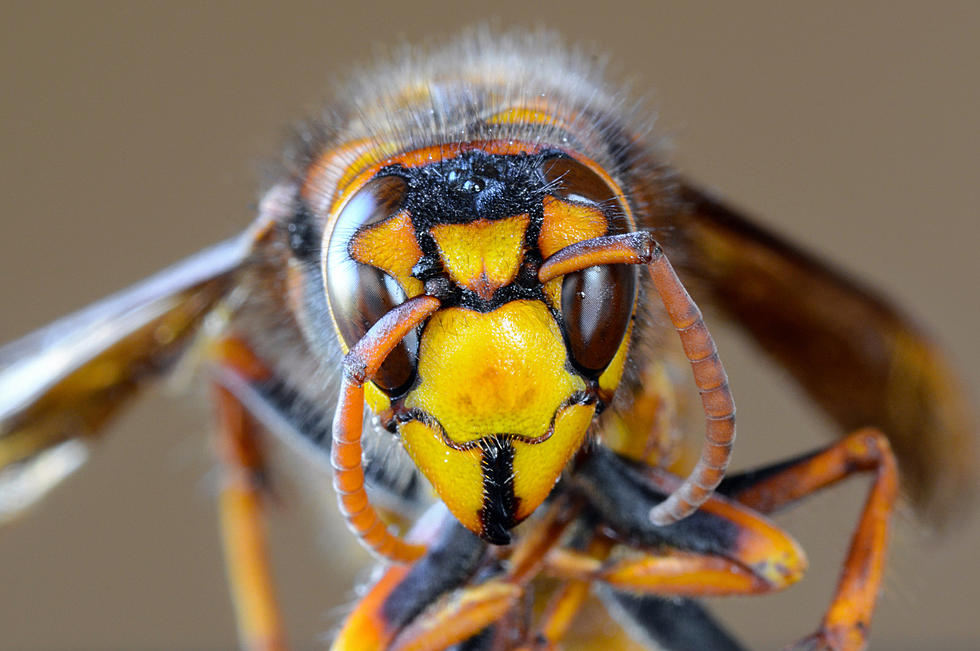
What’s the Buzz? Indiana DNR Shares Tips on Identifying Different Hornet Species and Their Threat Level
Remember when Murder Hornets were a thing? Known by entomologists as the Asian Giant or Northern Giant hornet, they were spotted in Washington state in May of 2020 when everyone was already at their wits end thanks to the COVID pandemic. While their sting can pack a punch to humans in terms of the amount of pain it causes, it's rare for anyone to die from its sting. The biggest concern with these scary-looking insects at the time was their impact on the already thin honey bee population, which is a crucial part of our ecosystem. The good news is, thanks to the quick action of officials in Washington state, no murder hornets have been spotted in that area, or anywhere else, in over a year (Yay!). But, they're not the only species out there, of course. Indiana has its share too, which is why the Department of Natural Resources (DNR) is giving residents a heads-up on the different types you might see and what you should do if you find them.
The Department recently shared a graphic on its Facebook page comparing the sizes of four other hornet species to the Northern Giant Hornet to help residents decide how concerned they should be. While all of them aren't considered dangerous to humans unless you provoke them, a couple can have a negative impact on the environment.

Horntail Hornets
The Horntail Hornet is similar to the Giant Wood Wasp and is often confused with the Northern Giant Hornet due to its size. While its abdomen isn't as wide as the Northern Giant, its body as a whole is nearly the same size at roughly two inches. What looks to be a long stinger shooting off their abdomen is actually a "hornlike spine," according to the Colorado State University College of Agricultural Sciences. The problem with horntails is they like to burrow into trees to lay their eggs which can kill the tree over time.
Yellow-Legged Hornets
Like the Northern Giant, the Yellow-Legged Hornet feeds on honeybees and other pollinating insects which can have a major impact on the ecosystem if they're not brought under control. While they haven't been spotted in Indiana yet, these pesky invaders made headlines a few weeks ago after being discovered in Georgia.
The Indiana DNR asks that if you think you've spotted either a Northern Giant or Yellow-Legged Hornet, try to get a good picture of what you've found that you can share with them. Assuming you can do so safely, of course. If a picture isn't possible, they ask that you still contact the Division of Entomology & Plant Pathology at DEPP@dnr.IN.gov or 1-866-NO-INVASIVE, and be sure to include your name, contact information, and the specific location where you found the hornet. It's entirely possible what you found may not be one of the two they're concerned with, it's better to be safe than sorry.
You can see the full graphic and descriptions of each hornet species on the Indiana DNR Facebook page.
[Source: Indiana DNR on Facebook]

